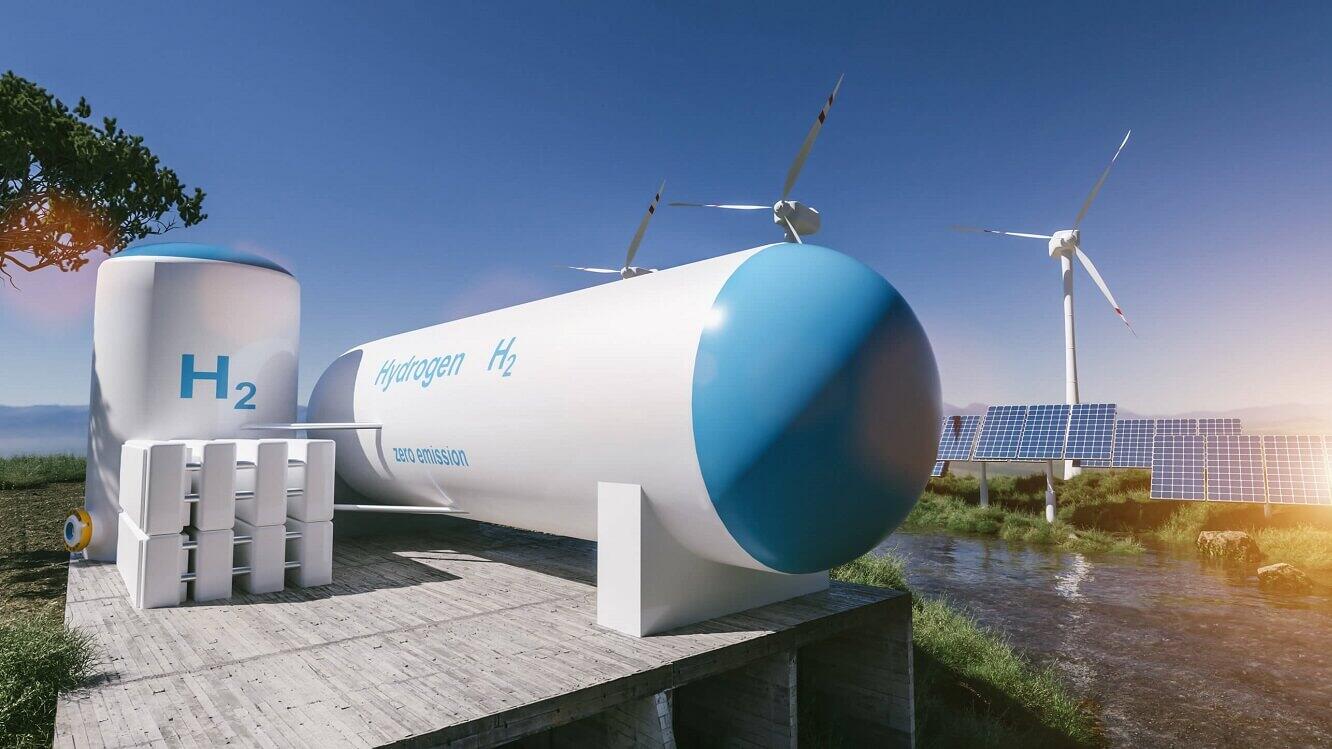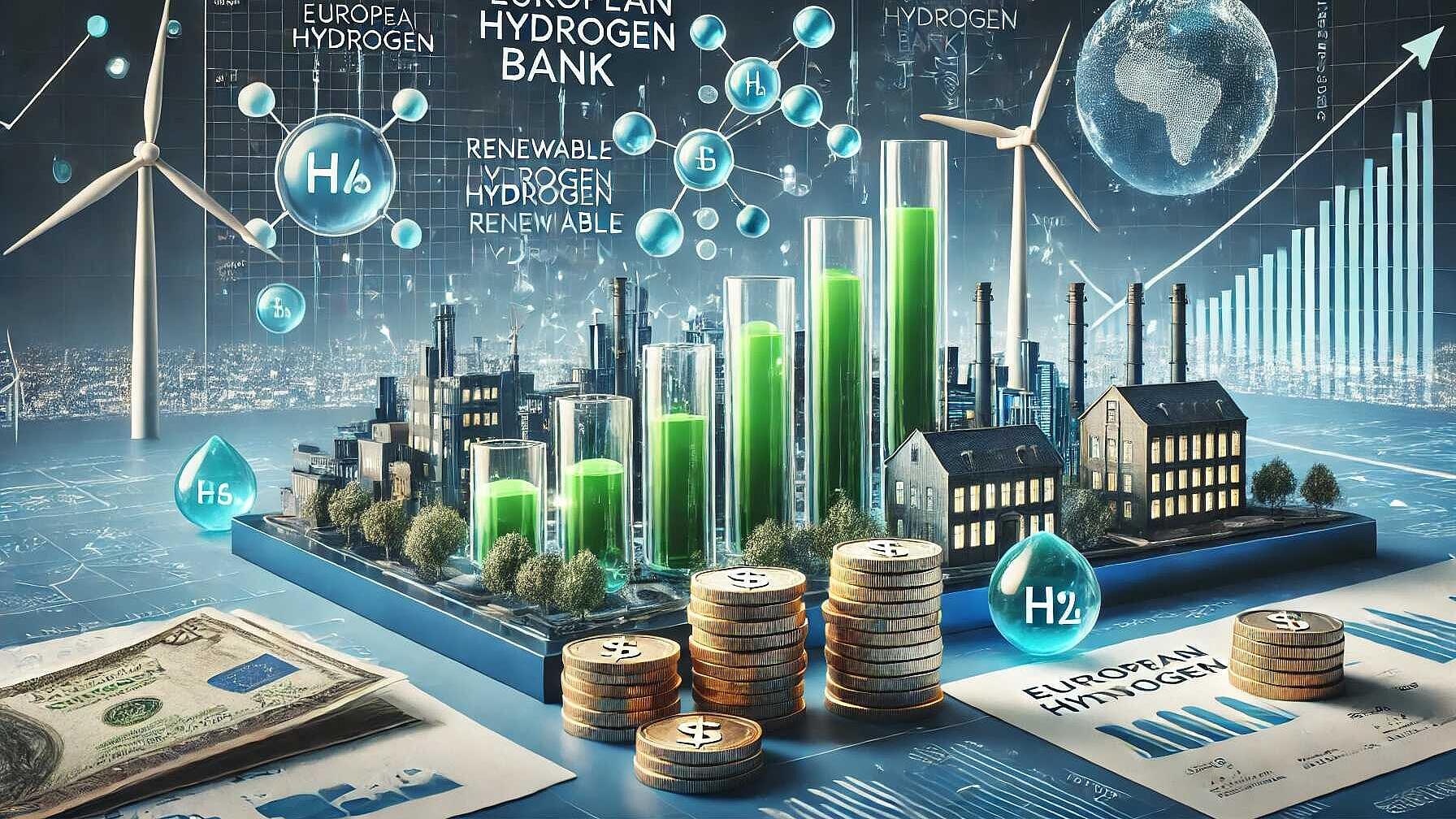 Energy Infrastructure
Energy InfrastructureNew Hydrogen Infrastructure Map
Summary
Six industry associations have put together an interactive map to showcase the state of hydrogen infrastructure in Europe. The map includes more than 200 projects such as Hydrogen transmission and distribution projects, Hydrogen storage projects or Hydrogen terminals & ports projects.
Next to required infrastructure, the hydrogen production also needs to be CO2 free to be able to contribute to the EU climate objectives. EEIP is now partnering in a new project called "STORMING", an EU financed Research and Innovation project for CO2-free methane cracking delivering hydrogen and highly valuable carbon nanomaterials for battery applications.
Open full article
New Hydrogen Infrastructure Map
To showcase the state of play of hydrogen infrastructure in Europe and how the various hydrogen projects can act as a key enabler to reach the REPowerEU hydrogen targets, six industry associations have put together an interactive map. The map includes more than 200 projects covering
- 220 Hydrogen projects
- 120 Hydrogen transmission and distribution projects
- 40 Hydrogen storage projects
- 10 Hydrogen terminals & ports projects
- 40 Hydrogen demand and production projects
According to Gert De Block from CEDEC, one of the involved industry associations,
to make the most of the hydrogen potential, a coordinated and integrated planning for future energy infrastructure is key. DSOs have the crucial task of connecting H2 production and demand and support the uptake of H2 by the industrial and residential sector. Local hydrogen is already there, its distribution is growing, and will help exploit local synergies, make the most of renewables and promoting circularity of the energy system.
Local hydrogen
Interestingly, he refers to local hydrogen production, a topic rather underrepresented in most media. Currently, the media focus seems to be on large green hydrogen projects such as in Australia. However, any hydrogen production needs to be CO2 free to be able to contribute to the EU climate objectives. Today, more than 50% of hydrogen is produced via a method called "Steam Methane Reforming". It is currently the cheapest source of industrial hydrogen but it releases carbon monoxides once cracked from the hydrogen (in other words once the molecule CH4 is broken up).
STORMING - or how to produce CO2 free hydrogen
There are many more methods which ca be used to produce hydrogen, most of them come with a color code signalling their environmental impact (check article about the hydrogen color code). EEIP is now partnering in a new project called "STORMING", an European Commission financed Research and Innovation project for CO2-free methane cracking delivering hydrogen and highly valuable carbon nanomaterials for battery applications.
The project has just started but we are already looking forward to exchange views on most promising applications for local production but also to engage with the battery value chain to gather input for tailoring the properties of the nanomaterials.
For more information on STORMING, please contact the project coordinator Enrico Turchetti, the scientific coordinator Patricia Benito or the Communication manager Ana Sofia Praxedes via the project website.
To access the hydrogen infrastructure map, please visit www.h2inframap.eu



